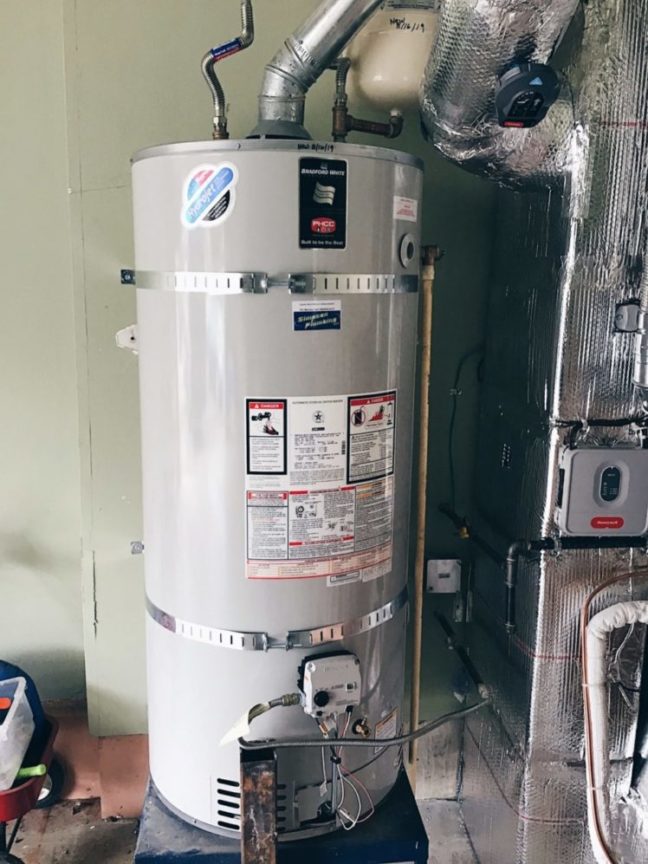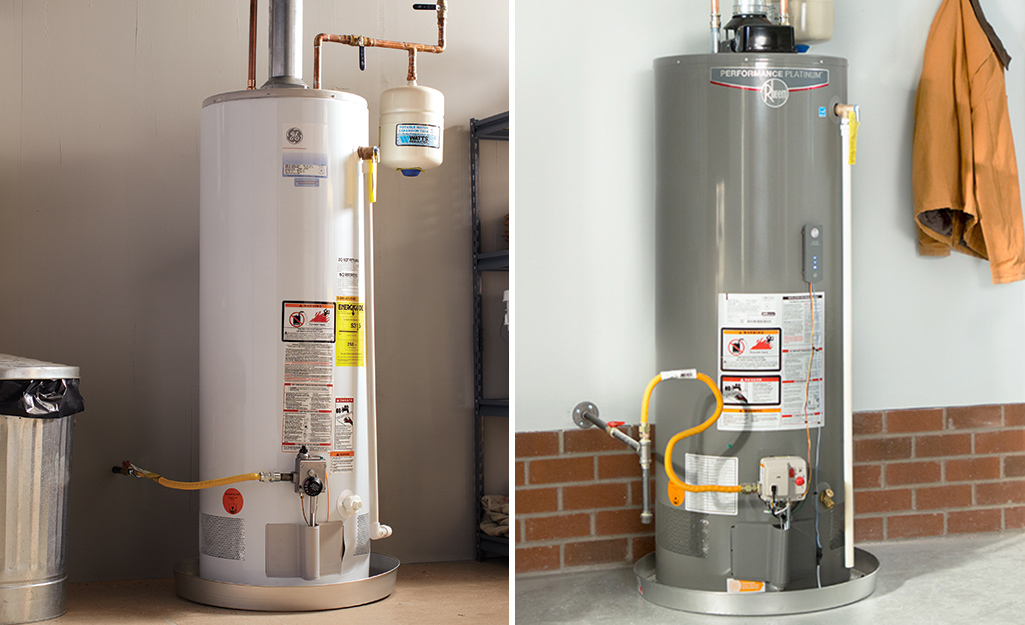Full Overview to Water Heating UnitInstallation and Replacement
Comprehending the ins and outs of water heating system setup and substitute is essential for property owners looking for to ensure efficiency and reliability in their warm water supply. From choosing the appropriate kind and size to implementing a seamless installation process, a number of aspects have to be thought about to avoid usual mistakes. This overview will certainly supply you with the needed steps and understandings to browse the complexities of this home renovation job, while additionally highlighting important upkeep techniques that can extend the life of your system. As you check out these elements, you may find on your own reassessing your current setup and identifying locations for renovation.
Kinds Of Water Heating Systems
When taking into consideration water heating system installation and substitute, it is crucial to comprehend the various kinds of water heating units readily available in the market. The most common kinds include container water heating systems, tankless water heating units, warm pump hot water heater, and solar hot water heater.
Tank water heating units are conventional systems that save a particular quantity of warm water, making them readily offered when needed. They are usually cheaper upfront however might incur greater energy prices with time because of warmth loss. In contrast, tankless hot water heater supply warm water on need, removing the demand for storage. They are power reliable and can conserve area, yet their initial prices are normally greater.
Warmth pump hot water heater utilize electricity to transfer warm from the air or ground to warm water, offering significant power financial savings but needing even more space and details setup conditions. Solar water heaters harness solar energy to warmth water, supplying an environmentally friendly choice with possible long-lasting expense financial savings, although they commonly call for a backup system for gloomy days.
Comprehending these choices guarantees informed choices pertaining to installment and substitute, dealing with specific demands and preferences.
Selecting the Right Dimension
Choosing the proper dimension for a hot water heater is important to make certain ideal performance and efficiency. An unit that is as well tiny will certainly battle to meet home needs, bring about inconsistent warm water accessibility and raised power intake. On the other hand, an oversized water heating unit can cause unneeded power waste and higher energy expenses.
To establish the best dimension, consider the household's top warm water usage. This can be calculated based upon the number of residents and their normal hot water requirements. For example, a family of 4 might call for a water heating unit with an ability of 50 to 80 gallons, relying on the usage patterns, such as simultaneous showers and washing.
In addition, analyze the healing rate, which determines how quickly a heating system can replenish hot water after it has actually been used. For tankless designs, concentrate on the circulation rate, determined in gallons per minute (GPM), to ensure it satisfies the household's synchronised need.

Installation Process Introduction

Following, the old device must be separated and eliminated, taking treatment to adhere to local codes and policies regarding disposal. When the old device is out, the new water heater can be placed in location. This anchor step involves linking the water supply lines, guaranteeing that all installations are secure and leak-free.
After establishing water connections, it's important to attach the power supply, whether electrical or gas, following the producer's directions meticulously. When all connections are made, the system needs to be full of water, and the power can be turned back on. Finally, it is essential to examine for leaks and make certain the water heating system is functioning properly before finishing the installation process.
Usual Setup Errors

An additional regular blunder is ignoring to adhere to regional codes and laws. Falling short to adhere to these criteria can not just lead to safety hazards yet might likewise result in pricey fines or the need for costly reinstallation.
Failing to protect connections or making use of the wrong type of fittings can lead to leakages and water damages. By avoiding these typical setup blunders, home owners can guarantee their water heating system operates safely and efficiently, maximizing performance and long life.
Maintenance Tips for Long Life
Correct maintenance of a water heating system is important for its longevity and ideal efficiency. Routine inspections and servicing can stop costly fixings and extend the device's life-span. Begin by checking the temperature setup; it ought to typically be set in between 120 ° F and 140 ° F for optimal energy effectiveness and security.
Every 6 months, flush the tank to get rid of debris build-up, which can hinder home heating performance and create corrosion. To do this, turn off the heating unit, attach a pipe to the drainpipe shutoff, and let the my review here water run till it is clear.
When try this web-site they are worn away,Anode poles should be evaluated annually and replaced. These poles help protect against tank rust by bring in destructive components in the water.
Furthermore, inspect the stress safety valve routinely to ensure it is functioning correctly. This shutoff is vital for avoiding too much stress buildup within the tank.
Finally, think about setting up a professional upkeep check every couple of years for complete evaluations and servicing. By adhering to these maintenance tips, property owners can substantially boost the efficiency, security, and life expectancy of their water heating systems, making sure trustworthy hot water for years ahead.
Conclusion
In final thought, proper installment and upkeep of water heating systems are important for making certain performance and durability. By comprehending these crucial facets, homeowners can accomplish a trusted warm water supply while decreasing possible concerns related to water heater procedure.
Comprehending the intricacies of water heating system installment and substitute is important for home owners looking for to guarantee effectiveness and reliability in their hot water supply.Tank water heaters are typical systems that keep a certain volume of warm water, making them conveniently available when needed. In comparison, tankless water heaters provide hot water on demand, eliminating the need for storage. Choosing a water heating unit that is either also small or as well large can lead to ineffectiveness, resulting in poor hot water supply or excessive energy intake.
By comprehending these vital facets, house owners can attain a dependable hot water supply while decreasing possible issues associated to water heater operation. pipe repair.